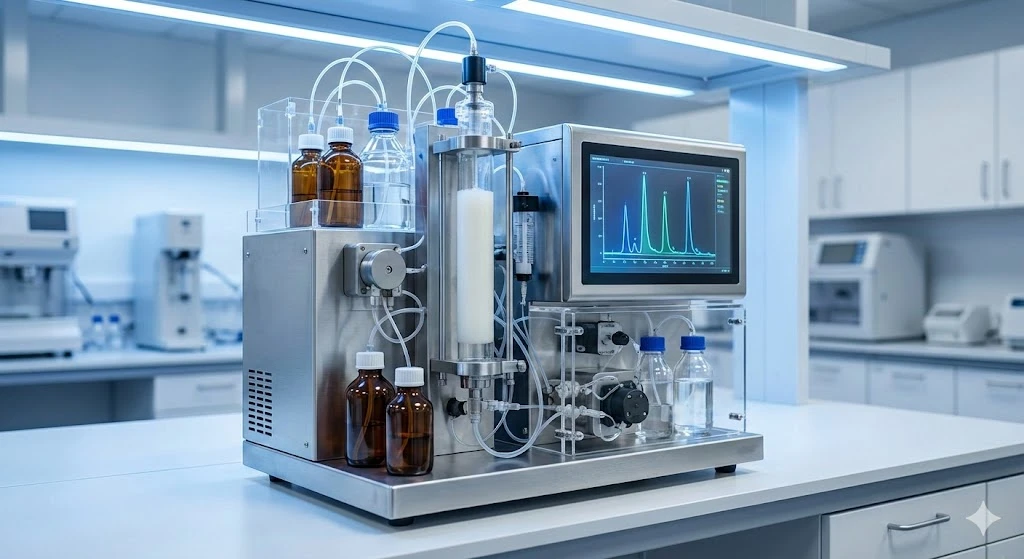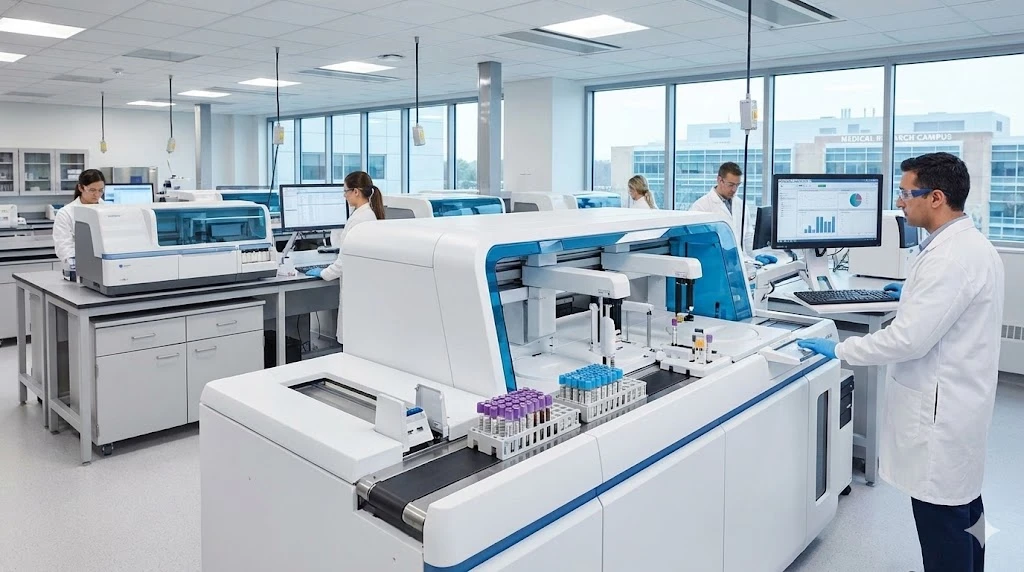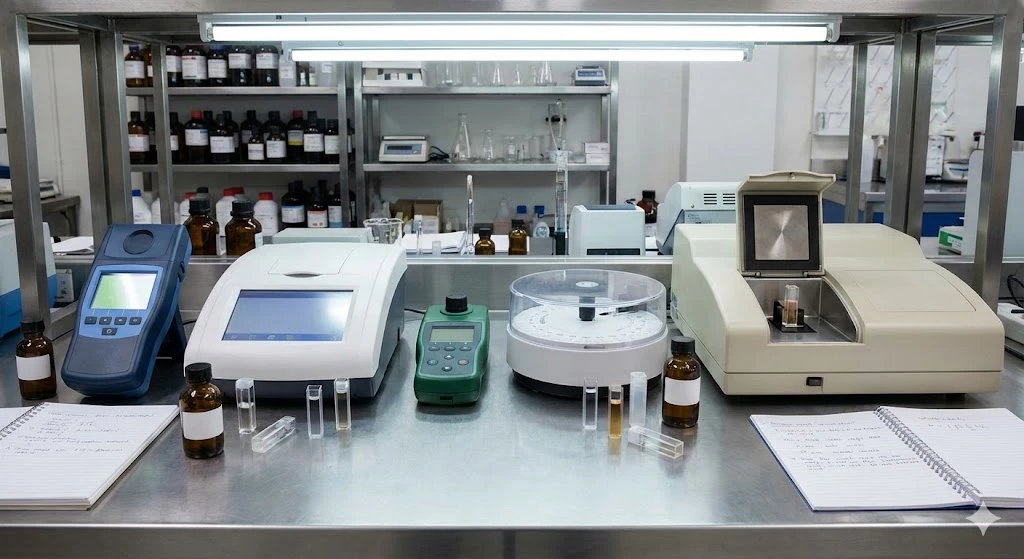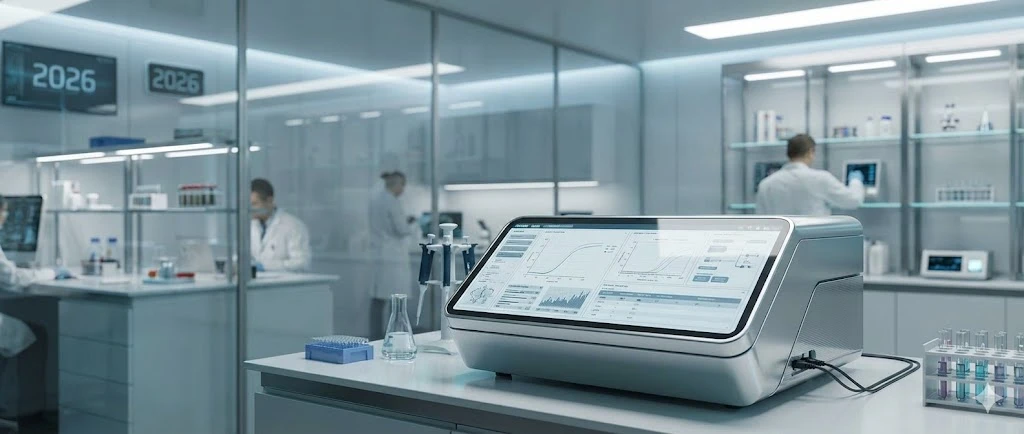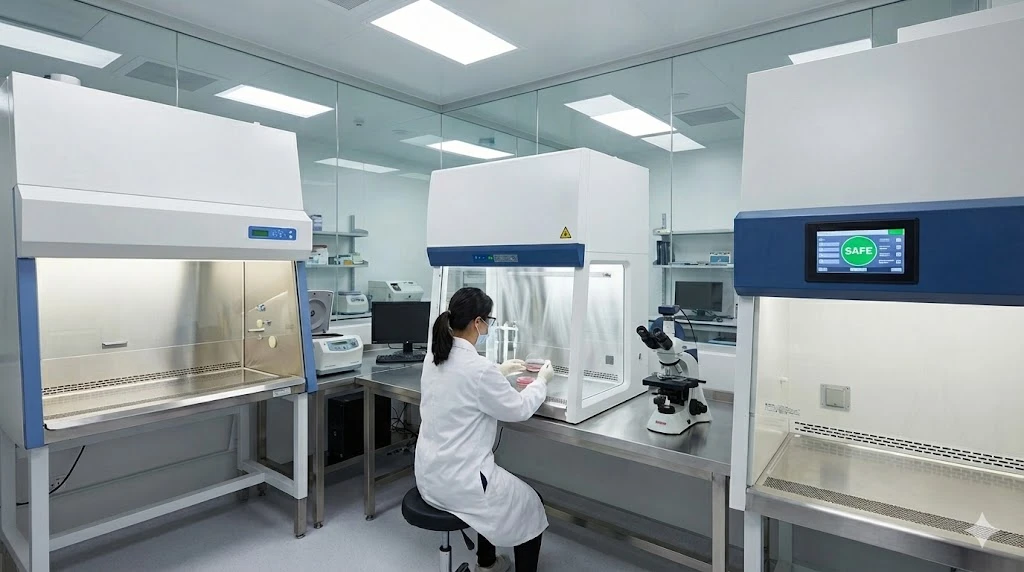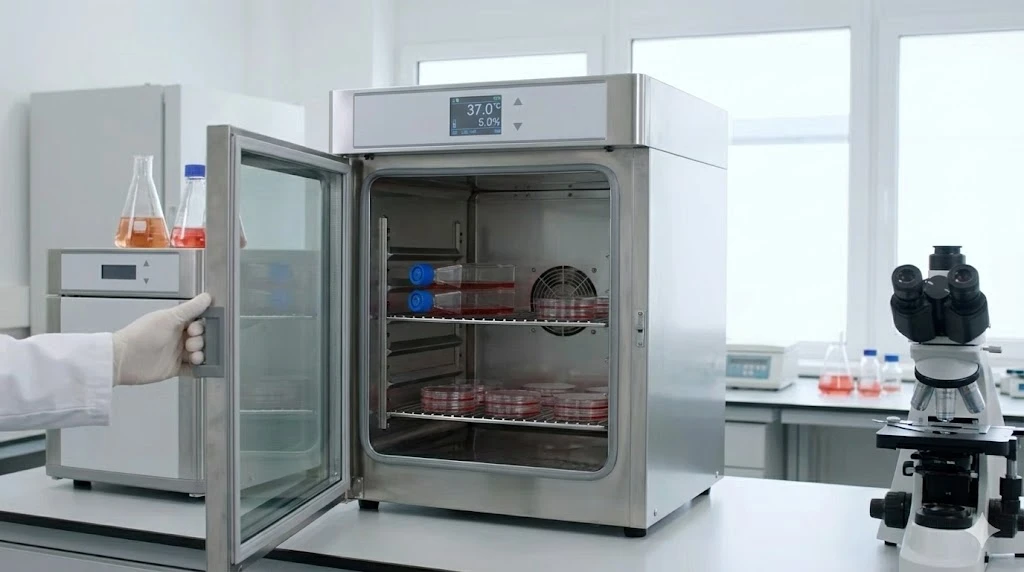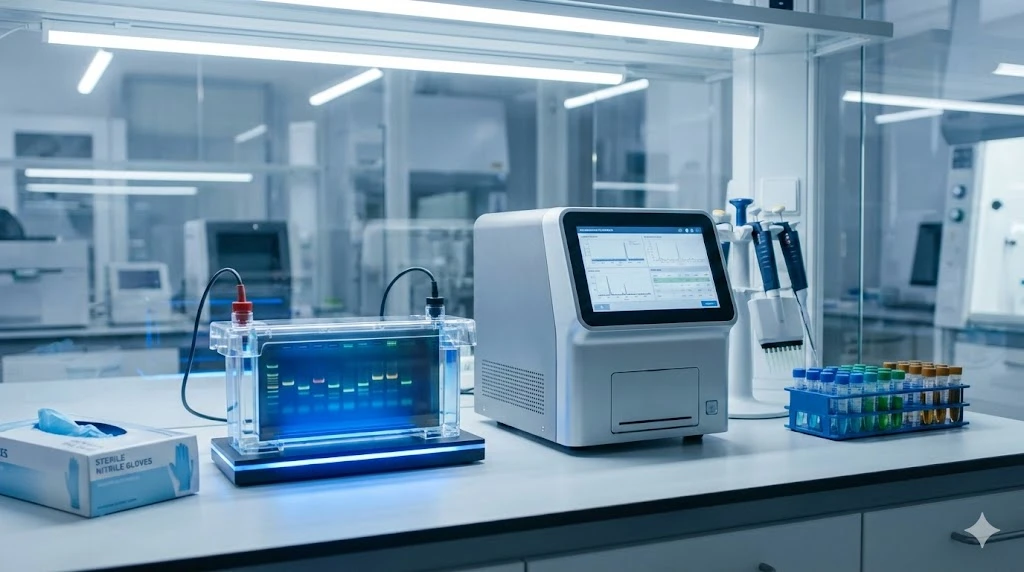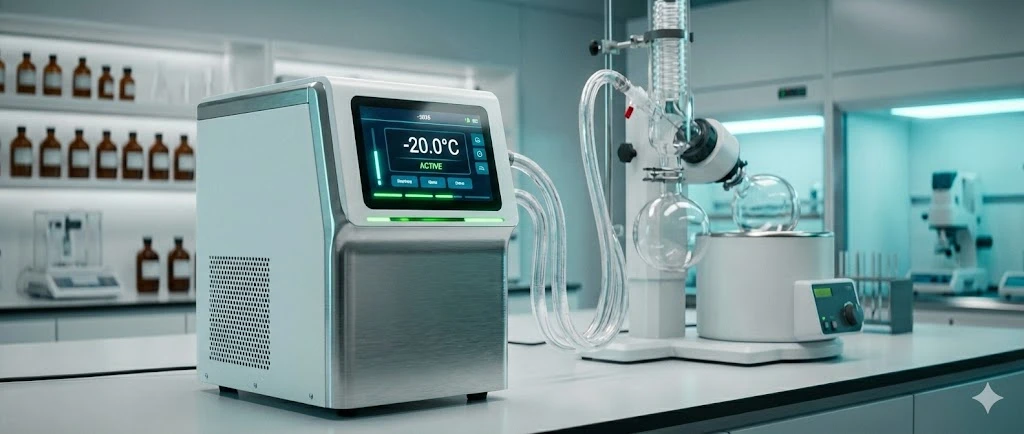The Physical Properties of Power: Mechanical Testing for Battery and Energy Component Durability
ImageFX (2025) In the relentless pursuit of more efficient and powerful renewable energy technologies, the focus often centers on electrical performance metrics—kilowatt-hours, conversion efficiency, and power output. However, the path from a high-performing lab prototype to a commercially viable product is fraught with physical challenges. A battery in an electric vehicle must endure years of road vibrations, a solar panel must withstand wind and hail, and a fuel cell stack must tolerate thermal expansion and contraction. For laboratory professionals, validating the mechanical durability of these components is a non-negotiable step. This article dives into the essential world of mechanical testing, exploring how lab professionals can simulate real-world physical stresses to ensure their innovations are not only electrically brilliant but also structurally robust, safe, and ready for deployment in the harsh, unpredictable environments of the real world. Mechanical testing is a proactive approach to engineering. It's about subjecting a component to the exact physical forces it will encounter throughout its operational life, but in a controlled and accelerated manner. This process uncovers potential failure points, material weaknesses, and structural compromises long before they can become costly or dangerous issues in the field. Vibrations & Shock: Components in vehicles, aircraft, or industrial settings are constantly subjected to vibrations. Testing for this simulates transport, impact events like potholes, and continuous operational rattling, revealing fatigue failure points. Impacts & Crushing: A battery pack in a car, for instance, must be able to survive a crash without catastrophic failure. Impact and crush tests are critical safety measures that simulate accident scenarios. Thermal and Environmental Stress: Rapid changes in temperature and humidity can cause materials to expand, contract, and degrade. Cycling tests simulate seasons, day-night cycles, and extreme climates to test a component's long-term material integrity. The ultimate goal is to move beyond theoretical models and generate empirical data that proves a component's durability and reliability under stress, providing confidence to engineers, manufacturers, and end-users alike. The range of mechanical tests available to labs is extensive, each designed to probe a specific aspect of a component's physical durability. Selecting the right test depends on the application and the specific failure modes being investigated. Test Method Primary Function Relevance to Renewable Energy Vibration Testing Simulates transport and operational vibrations across a range of frequencies and amplitudes. Identifies fatigue points and connection failures in battery packs, inverters, and power electronics. Shock Testing Subjecting the component to a sudden, high-force impact to simulate drops or collisions. Crucial for safety validation, ensuring batteries and electronics don't short-circuit or fail in a crash. Crush Testing Applying a static or dynamic load to compress a component until failure. Tests the structural integrity and safety of battery cells, modules, and enclosures under extreme pressure. Thermal Cycling Rapidly alternating between high and low temperatures for a defined number of cycles. Evaluates the integrity of seals, adhesives, and materials under temperature-induced stress, crucial for outdoor components. Drop Testing Dropping a component from a specified height onto a hard surface. A standard test for consumer electronics and portable energy devices to ensure they survive accidental drops. Tensile & Compression Testing Applying force to pull or push a material to its breaking point. Determines the strength and elasticity of material casings, connectors, and structural components. Advanced equipment like electrodynamic shakers for vibration tests, hydraulic crush testers, and environmental chambers for thermal cycling are the workhorses of this field, providing the controlled and repeatable conditions necessary for reliable data. Mechanical testing is more than just observing whether a component breaks. The real value lies in the data collected throughout the process. Sophisticated sensors and data acquisition systems are used to monitor a wide array of metrics. Performance Degradation: Did the battery's capacity drop after a series of vibration tests? Did the solar panel's efficiency decrease after thermal cycling? Structural Integrity: X-ray imaging and ultrasonic inspection can reveal internal damage, such as delamination in a battery cell or micro-cracks in a component casing, that is not visible to the naked eye. Thermal Response: Temperature sensors can monitor for dangerous hotspots during crush or shock tests, indicating a potential thermal runaway event. Failure Analysis: When a component does fail, a detailed forensic analysis is performed to understand the root cause. This data is invaluable for informing design changes and improving material selection. This data-driven approach allows researchers to not only determine if a component is durable but also to understand why it fails, providing the insights needed to create a more resilient design in the next iteration. The final step in mechanical durability testing is compliance. The data and insights gained from rigorous testing are directly used to meet the stringent safety standards and certifications required for a product to enter the market. For instance, the UN 38.3 standard for lithium batteries requires passing a series of mechanical tests—including shock, vibration, and impact—to ensure they are safe for transport. Adherence to these standards is not just a regulatory hurdle; it's a critical marketing advantage that proves a commitment to quality and safety. The development of durable and reliable renewable energy technologies requires a holistic approach that balances electrical innovation with physical resilience. For laboratory professionals, mechanical testing is the critical, final step that transforms a brilliant concept into a market-ready product. By mastering the art of simulating real-world stress and analyzing the resulting data, researchers are not just building components; they are engineering confidence, ensuring safety, and building the robust infrastructure that will power a sustainable and electrified world for generations to come. A1: Mechanical testing is crucial for batteries because it validates their physical durability and safety under real-world conditions like vibrations, impacts, and temperature fluctuations, ensuring they can operate reliably without structural failure or dangerous events like thermal runaway. A2: The main purpose of crush and impact testing is to evaluate the safety of energy components, particularly batteries, by simulating accident scenarios. This ensures that the components do not cause catastrophic failures like fire or explosion when subjected to extreme physical force. A3: Thermal cycling subjects components to rapid and extreme temperature changes, which helps identify material weaknesses, structural fatigue, and integrity issues with seals and adhesives. The data from these tests allows researchers to optimize designs for longevity in a wide range of climates. A4: Data acquisition systems are essential in mechanical testing to collect and log data from sensors during a test. This allows researchers to measure and analyze key metrics like temperature, stress, strain, and electrical performance in real-time, providing deep insights into a component's response to physical forces.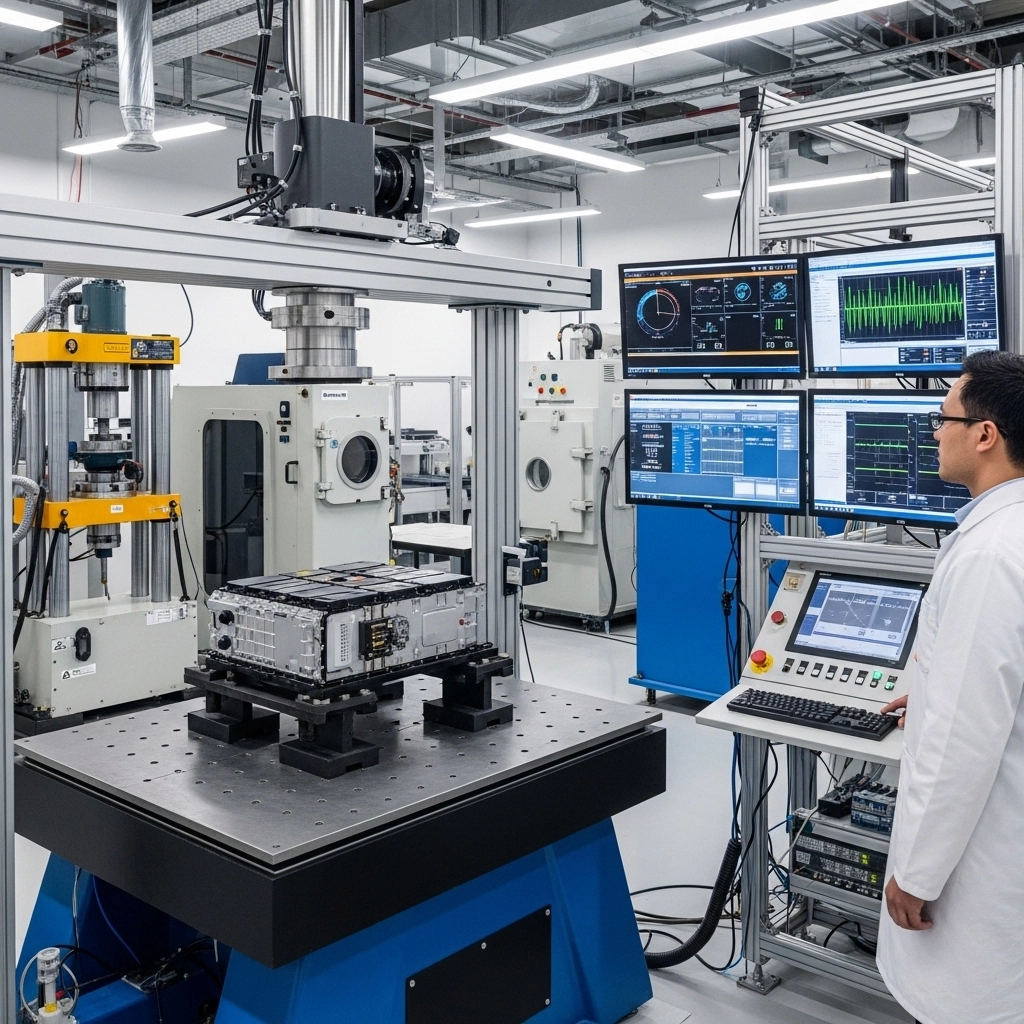
The Rationale for Mechanical Testing for Component Durability
Key Mechanical Testing Methods and Equipment for Energy Components
Core Mechanical Tests and Their Functions:
Analyzing Mechanical Testing Data for Enhanced Durability
From Lab Test to Safety Standard
Conclusion: Mechanical Testing for a Sustainable and Durable Future
FAQ
Q1: Why is mechanical testing considered as important as electrical testing for new batteries?
Q2: What is the main purpose of crush and impact testing on energy components?
Q3: How does thermal cycling improve the design of renewable energy devices?
Q4: What is the role of data acquisition systems in mechanical testing?

